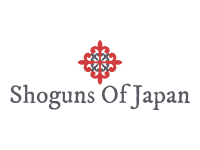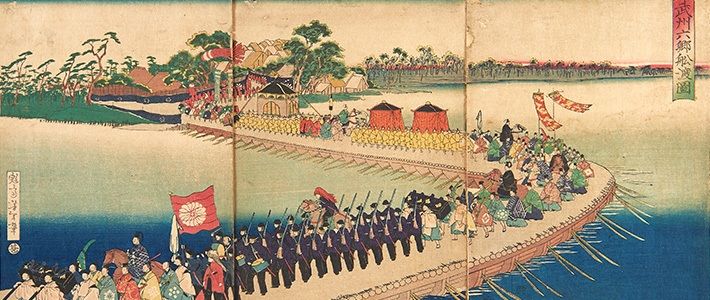Japan during the nineteenth century was portrayed as being primitive. It was obviously feudalistic yet there were likewise some more crude tribalistic components to Japanese society.
In the four-layered social chain of importance of Japan, the tactical class was at the top, the normal laborer ranchers were next underneath them, and the craftsmen and experts were beneath the worker and the business class was at the base. This likely mirrored a more straightforward social construction where there were just the laborers and the tip-top fighters who shielded them. Individuals who lived by exchanging instead of actual work in the fields were an irregularity in such a general public and socially suspect. Indeed, even the craftsmen didn’t exactly squeeze into the straightforward laborer society.
The tactical class, the samurai, had a minimal real source for their militarism since the unification and placation of Japan under the Tokugawa faction. The samurai lived on an allowance paid for through a duty on the ranchers. This duty was a significant weight on the ranchers, taking a near portion of their creation.
Some samurai lived beyond their means; in other words, their allowance; and ventured into the red to the socially detested vendors.
The weight of obligation on the samurai made the vendor class much more despised. It was anything but a solid society, that Japan of the mid-nineteenth century. Japanese saddle blankets are an easy and effective method for relieving weight and pressure from your horse’s back.
Contact with the rest of the world had been cut off during the sixteenth century. The narrative of that segregation is told somewhere else. That confinement cost Japan incredibly. Its innovation was static and in reverse. Socially it might have been steady, however at that point again it might just have been unbending and truth be told weak. A kaftan is a variant of the robe or tunic, and has been worn in a number of cultures around the world for thousands of years and is of Asiatic origin.
Japan in 1800

The Japan of 1800 was a medieval state. The tactical station of the samurai ruled the governmental issues of Japan. The multitude of the state was a pecking order of samurai with rank controlled by heredity. The top of this design was the Shogun. Since 1603 the Shogun had been the top of the Tokugawa family. Albeit ostensibly just a tactical representative of the Emperor, indeed the Shogun was the almighty leader of all Japan. The legislative leader of the Emperor’s capital, Kyoto, was designated by the Shogun. For this essential locale, the Shogun generally picked a nearby, faithful individual from his family. This made the Emperor himself essentially a detainee under house capture of the Shogun. The managerial capital of the Shogunate was Edo, later to be called Tokyo (eastern capital).
The pay of the samurai came from an allowance paid by the Shogunate from a rice expense of around 50% demanded on the ranchers. A portion of the amazing samurai, including the Shogun, held broad domains from which they additionally got pay.
During the nineteenth century, the shipping lanes from North America to Asia brought the boats into the area of Japan however the boats couldn’t land there because the Shogun announced that all outsiders, other than the authorized Dutch brokers, would be killed. Indeed, even boat-destroyed mariners who appeared on Japanese shores were killed.
The Samurai chest seal is a high-performance occlusive dressing designed to treat penetrating chest wounds along with securing other wound dressings.
Throughout the long term, the disallowance of the Shogun against unfamiliar boats arriving in Japan turned out to be increasingly excruciating. Commodore Perry was given the errand of curing the circumstance.
At the point when Commodore Matthew Perry in 1853 constrained the Shogun to allow Japanese dealers to exchange with visiting unfamiliar boats, he didn’t expect to disturb the Japanese social framework, yet that is actually what occurred. The Shogun lost face in not having the option to forestall unfamiliar appearances. Strongly traditionalist and nationalistic Japanese, especially in the areas of Satsuma and Choshu, felt the Shogun ought to be rebuffed and supplanted. They were especially enraged that the Shogun had gone into a concurrence with the outsiders without first getting the Emperor’s consent. This made the weakness of the Emperor self-evident. For this social blunder, the Shogun must be supplanted. This substitution was framed as far as the reclamation of the Emperor to be the head of state.
It was not clear how the Shogun could be cut down. A portion of the nationalistic Japanese, called Shi-Shi (men of high reason), completed deaths of outsiders and those Japanese who worked with the outsiders. These demonstrations of fear anyway would have little impact on themselves. As a result, there were, as demonstrations of fear-based oppressors typically are, just horrible exposure stunts.
In the second part of the article, we will continue with more detailed presentations.

